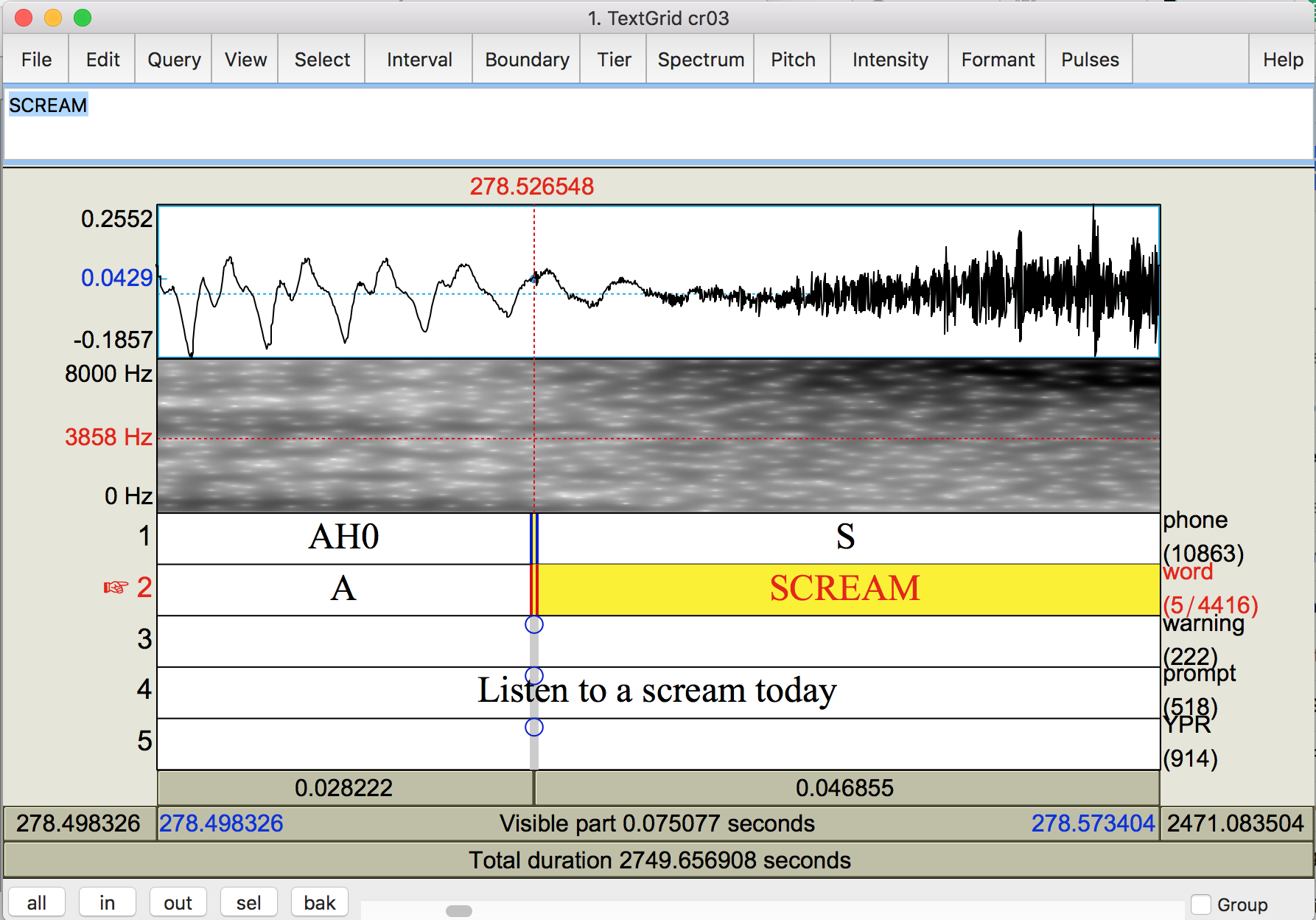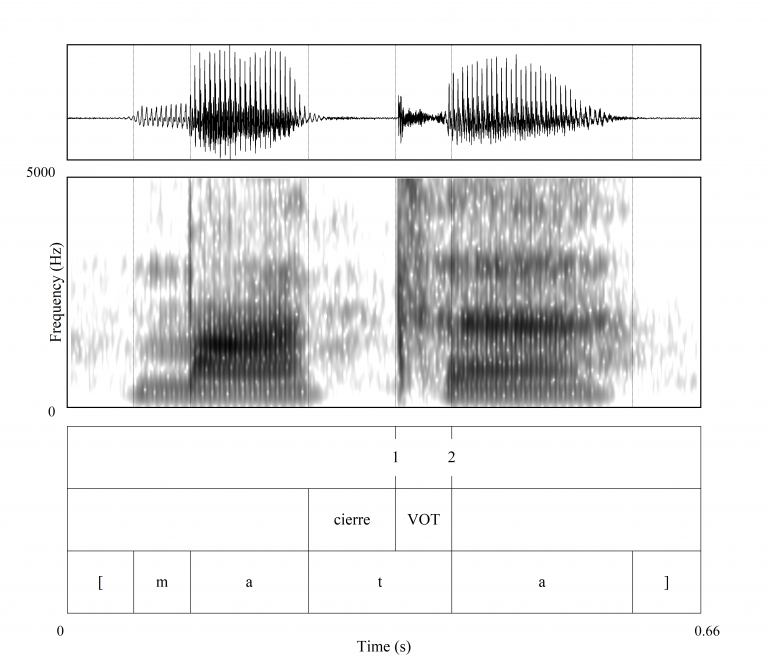
By comparing participants' judgments across conditions where a single acoustic dimension has been manipulated, we isolate the independent contribution of a single dimension, voice onset time (VOT), in predicting listeners' perceptual similarity judgments. In this study, we explore the relationship between these two metrics, using data from a shadowing task done by children and adults. These two metrics have some degree of overlap, but they are sensitive to different elements of what speakers are doing and therefore give different types of information. Despite the importance of these types of studies in understanding the role of interactional factors in speech communication, it is still unclear how best to quantify convergence.Ĭonvergence has typically been measured in two general ways: acoustic metrics examine how speakers adjust their productions along measurable acoustic dimensions, while perceptual measures are based on listeners' holistic judgments of similarity between the shadower and the model talker, incorporating multiple dimensions simultaneously. Phonetic convergence to Southern American English: Acoustics and perception,” J. ), it is also linguistically and socially selective, with different linguistic features and different pairs of talkers eliciting different amounts of convergence ( Clopper and Dossey, 2020 5. “Įchoes of echoes? An episodic theory of lexical access,” Psychol. While there appears to be an automatic component to convergence ( Goldinger, 1998 8.


S.,Ī comparison of phonetic convergence in conversational interaction and speech shadowing,” J. We discuss phonetic convergence in interactive and shadowing contexts together, but it should be noted that convergence may not operate identically in these two types of scenarios (e.g., Pardo et al., 2018 18. 1 1 Our study explores results of a non-interactive shadowing task, but phonetic convergence also has been extensively studied in conversational interaction. Phonetic convergence across multiple measures and model talkers,” Atten.

When repeating after, or “shadowing” another talker, speakers tend to approximate the characteristics of the speech of the “model” talker, a phenomenon that also appears in conversational interaction ( Pardo et al., 2017 17.


 0 kommentar(er)
0 kommentar(er)
